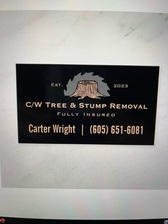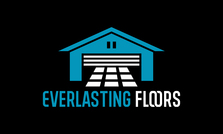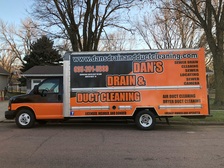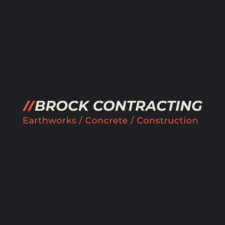
Get matched with top mulch and topsoil pros in Clear Lake, SD
Enter your zip and get matched with up to 5 pros
Need a pro for your mulch and topsoil service project in Clear Lake, SD?
Verified Reviews for Mulch And Topsoil Service pros in Clear Lake, SD
*The Angi rating for Mulch And Topsoil Service companies in Clear Lake, SD is a rating based on verified reviews from our community of homeowners who have used these pros to meet their Mulch And Topsoil Service needs.
*The HomeAdvisor rating for Mulch And Topsoil Service companies in Clear Lake, SD is a rating based on verified reviews from our community of homeowners who have used these pros to meet their Mulch And Topsoil Service needs.
Last update on December 13, 2025
Find Mulch and topsoil pros in Clear Lake
Affordable Quality
Affordable Quality
We have multiple crews that are able to respond quickly. We offer quality work for a fair price.
We have multiple crews that are able to respond quickly. We offer quality work for a fair price.
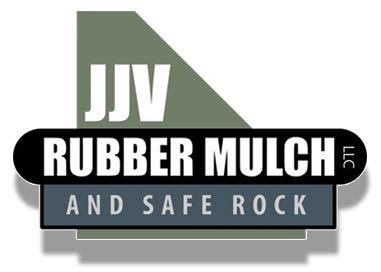
JJV Rubber Mulch and Safe Rock LLC
JJV Rubber Mulch and Safe Rock LLC
JJV Rubber Mulch and Safe Rock, stands poised and proud by providing rubber mulch products that utilizes NON-TIRE recycled rubber in the production process. JJV Rubber Mulch continues to offer a safe and clean alternative.
JJV Rubber Mulch and Safe Rock, stands poised and proud by providing rubber mulch products that utilizes NON-TIRE recycled rubber in the production process. JJV Rubber Mulch continues to offer a safe and clean alternative.
The Clear Lake, SD homeowners’ guide to mulch and topsoil services
From average costs to expert advice, get all the answers you need to get your job done.

Gravel is an inexpensive paving material overall, but costs vary by type. Find out what average gravel prices will look like for your project.

Find out how much a soil test costs and what you get for your money with our expert guide. Know what to budget for different types of soil tests.
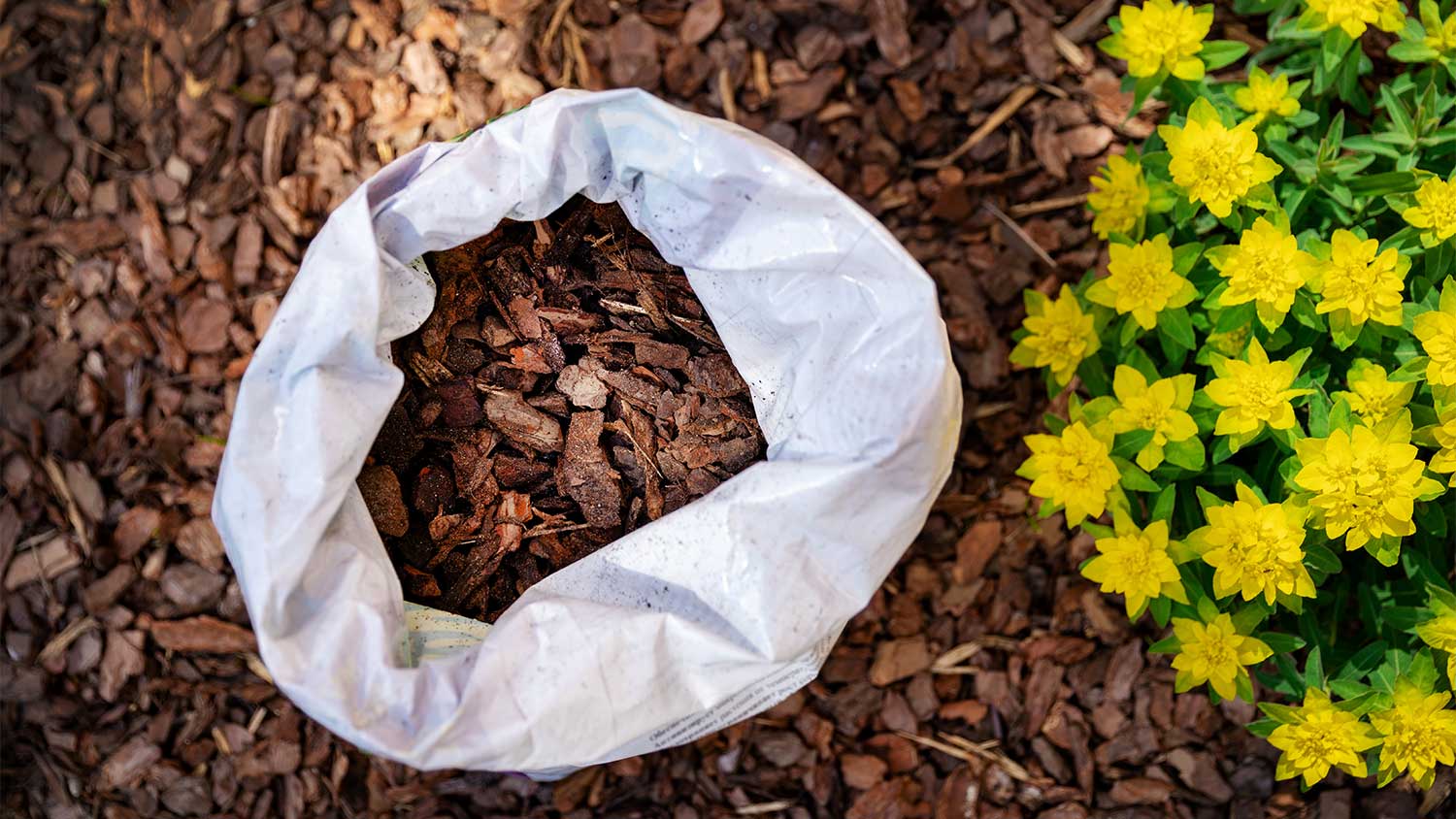 •
•Find out the average mulch delivery and installation cost, plus key factors that impact your price. Learn how to budget, compare options, and save on your landscaping project.

Explore a guide to mulch versus rock landscaping. Uncover the pros, cons, costs, and more to shape a garden mirroring your style and landscaping needs.

Organic mulch improves soil quality, holds in moisture, and helps plants thrive, but how does it work? Learn how mulch can improve your yard.

Tired of your traditional, woody mulch and ready to try something new? We got you! Get 11 mulch alternatives to choose from here.
- Canby, MN Mulch and topsoil pros
- Hendricks, MN Mulch and topsoil pros
- Ivanhoe, MN Mulch and topsoil pros
- Dawson, MN Mulch and topsoil pros
- Minneota, MN Mulch and topsoil pros
- Madison, MN Mulch and topsoil pros
- Lake Benton, MN Mulch and topsoil pros
- Ortonville, MN Mulch and topsoil pros
- Clarkfield, MN Mulch and topsoil pros
- Tyler, MN Mulch and topsoil pros
- Appleton, MN Mulch and topsoil pros
- Montevideo, MN Mulch and topsoil pros
- Marshall, MN Mulch and topsoil pros
- Roofing in Clear Lake
- Plumbing in Clear Lake
- Fencing in Clear Lake
- Tree Service in Clear Lake
- Carpet Cleaning in Clear Lake
- Basement Waterproofing in Clear Lake
- Gutter Cleaning in Clear Lake
- Electrical in Clear Lake
- Landscaping Hardscaping And Pavers in Clear Lake
- Cleaning in Clear Lake
- Insulation in Clear Lake
- Painting in Clear Lake
- Kitchen And Bath Remodeling in Clear Lake
- Snow Removal in Clear Lake
- Roofing in Clear Lake
- Plumbing in Clear Lake
- Tree Service in Clear Lake
- Kitchen And Bath Remodeling in Clear Lake
- Electrical in Clear Lake
- Concrete Repair in Clear Lake
- Exterior Painting in Clear Lake
- Windows in Clear Lake
- Siding in Clear Lake
- Fencing in Clear Lake
- Cleaning in Clear Lake
- Flooring in Clear Lake
- Garage Doors in Clear Lake
- Home Builders in Clear Lake
- Foundation Repair in Clear Lake
- Doors in Clear Lake
- 🌱 "Mow a small front yard"
- 🛠 "Fix a leaking pipe under the sink"
- 🏠 "Repair shingles on an asphalt roof"


